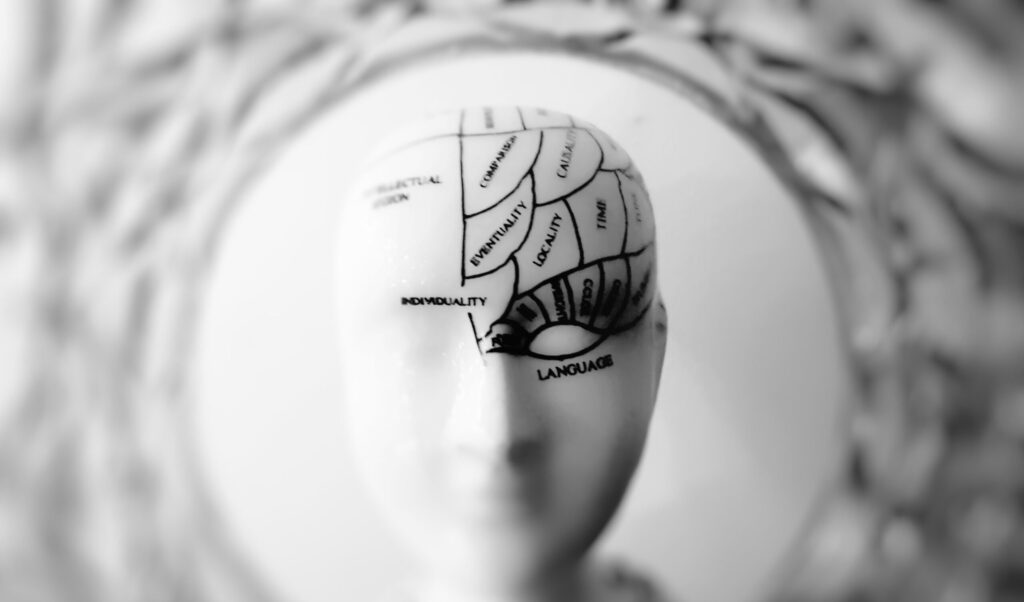Highlights
- What is Radical Acceptance and how does it work?,
- Why Radical Acceptance offers us a better perspective on life,
- Steps to practice and inculcate Radical Acceptance.
As you go through life, with all its ups and downs, how far do you get before you come to the realization that life involves hardships and suffering? Pain is a part and parcel of life, there is no denying that. It might seem bleak, but it definitely isn’t. For every sunset, there is a sunrise, and the sooner we accept this fact of life, the better we are prepared to face reality and not be fazed.
One such mode of acceptance is Radical Acceptance, a comprehensive and mindful perspective, which seeks to eliminate the concept of denial, which is so ingrained within us, by society. Our culture is of the mindset that in order to move forward in life, we should either avoid pain or heal quickly. This denial usually stuffs down the problem, instead of addressing it, which is a perfect brew for it to swell up someday and cause more problems, as it was not resolved in the first place.
Marsha M. Linehan, a renowned American psychologist who first incorporated Radical Acceptance in her works and teachings, says that “Radical acceptance rests on letting go of the illusion of control and a willingness to notice and accept things as they are right now, without judging”. It is, therefore, the ability to view a difficult situation we’re experiencing and instead of denying the emotions, as they’re painful, we fully accept and acknowledge the reality of the situation, and by doing so, we are paving the way for change, based on experience. Rather than stuffing down the emotions, through denial or being overtly positive and saying “This too shall pass”, or “It will all be fine!”, we are asked to bravely face reality for what it is, without judging, and wholeheartedly accepting it, in order to move forward and learn from our experiences.

Radical acceptance does not entail that we like, or even endorse this reality, but only that we acknowledge it, without any sort of judgement. This automatically means that with the elimination of judgement, we cannot attach a positive or negative connotation to any emotion, but only that we acknowledge, understand and grow from the experience. By fighting reality, we create suffering. Pain in our lives is inevitable, but suffering is optional. Suffering is brought about when we fail to accept and acknowledge the pain in our lives.
Practising acceptance actually builds problem-solving capabilities. When we’re constantly grppling with reality, we are not able to focus on the issue at hand but are rather busy fighting it to avoid suffering. Constantly judging, ranting or shifting blame will not help to solve the issue at hand, and rather wastes away our physical and emotional energy. But once we accept and acknowledge it, we can pave the path towards change.

Completely accepting reality is indeed challenging and painful, but shifting the focus on what we can control, instead of what we cannot, is a liberating experience, also facilitating change, as it releases energy that would rather be spent on suffering, instead, focusing it on what we can change.
Ultimately, Radical Acceptance is a distress tolerance skill that is designed to stop pain from turning into suffering, by choosing to acknowledge and accept reality, without the need for denial or forced positivity.

Now, let us look at some helpful steps to practice radical acceptance, as propounded by Marsha M. Linehan, in her Dialectical Behaviour Therapy, which is a form of psychotherapy that combines behavioural science with concepts like mindfulness, meditation and acceptance.

- The first step is to clearly observe whether we are questioning the reality or fighting it. Questioning is the right way to arrive at change, instead of fighting it. But instead of asking “why me?”, we should instead ask the right questions, such as “How do I go about accepting it and addressing it?” or “What can I do to change this situation I am in?”
- The second step is to remind ourselves that this unpleasant reality is just as it is and that it cannot be changed by fighting it. This step promotes acceptance and proves the point that pain is inevitable, but our acceptance also shows that suffering is optional.
- The third step is to acknowledge what exactly caused this reality, so as to arrive at the crux of it, which in turn, helps us learn from our mistakes through experience.
- The fourth step is to practice acceptance with our whole sense of self, which is the mind, body and spirit. This can be done through meditation, practising mindfulness, or using relaxation techniques.
- The next step is to make a list of behaviours we would like to engage in, once we’ve come to terms with the situation. Subsequently, we should also start acting in accordance with the list. This promotes routine behaviour, as well as change through incorporating new behavioural patterns, in accordance with the situation.
- The next step involves imagination wherein we imagine what would happen if we choose to accept a seemingly unacceptable situation. This facilitates new lines of thinking, which otherwise, we wouldn’t have chosen to acknowledge.
- Subsequently, we must pay close attention to our bodily sensations, listening to them, identifying the blockades in our emotions, and promoting the free flow of a non-judgmental mentality.
- Additionally, we must bear in mind to freely allow disappointment, grief and sadness to flow through us, in order to acknowledge and accept them. This is of vital importance which will further help us gauge the situation without any emotional bias, being true to our feelings.
- The final few steps involve addressing the fact that life is worth living, regardless of pain, and to reassure the fact that we are presented with choices to fashion our own reality, with all its ups and downs.
- If we find ourselves resisting acceptance, it is always advisable to prepare a pros and cons list and to use logic to accept our position.
Conclusion
Radical acceptance is an assertive act of using understanding and perseverance, to get through pain which is a part of our life. It is a conscious decision, an effort to brave the storm, and being radical in our views of comprehending reality. Radical acceptance is an active choice to live through pain, but most importantly, to overcome it and to deny the power suffering has over us. To sum it up, it is an attitude, or rather the power to say “let it be”, instead of “let it go”.
References








